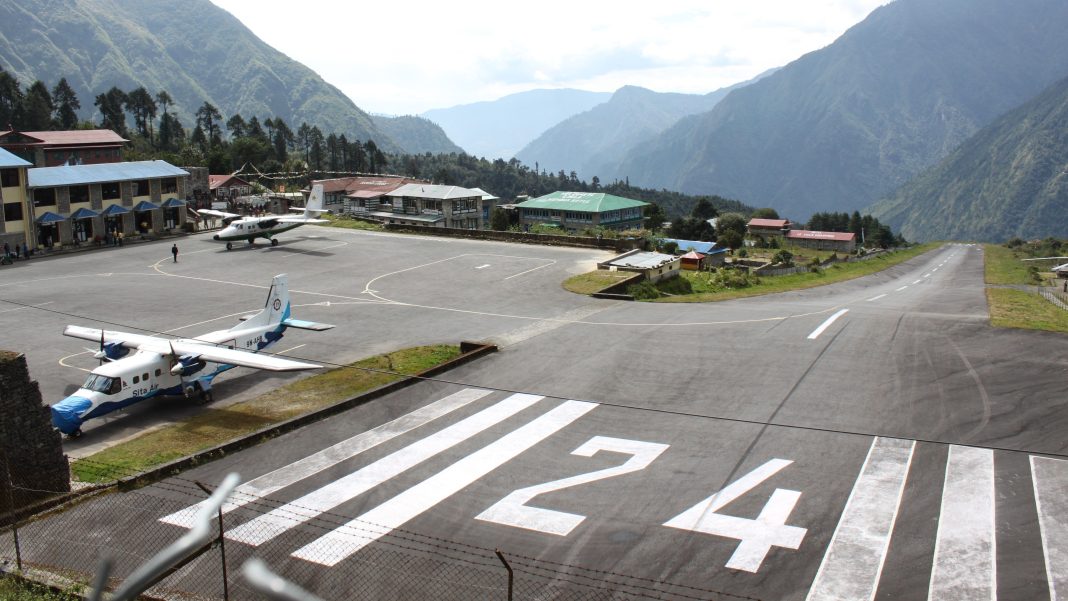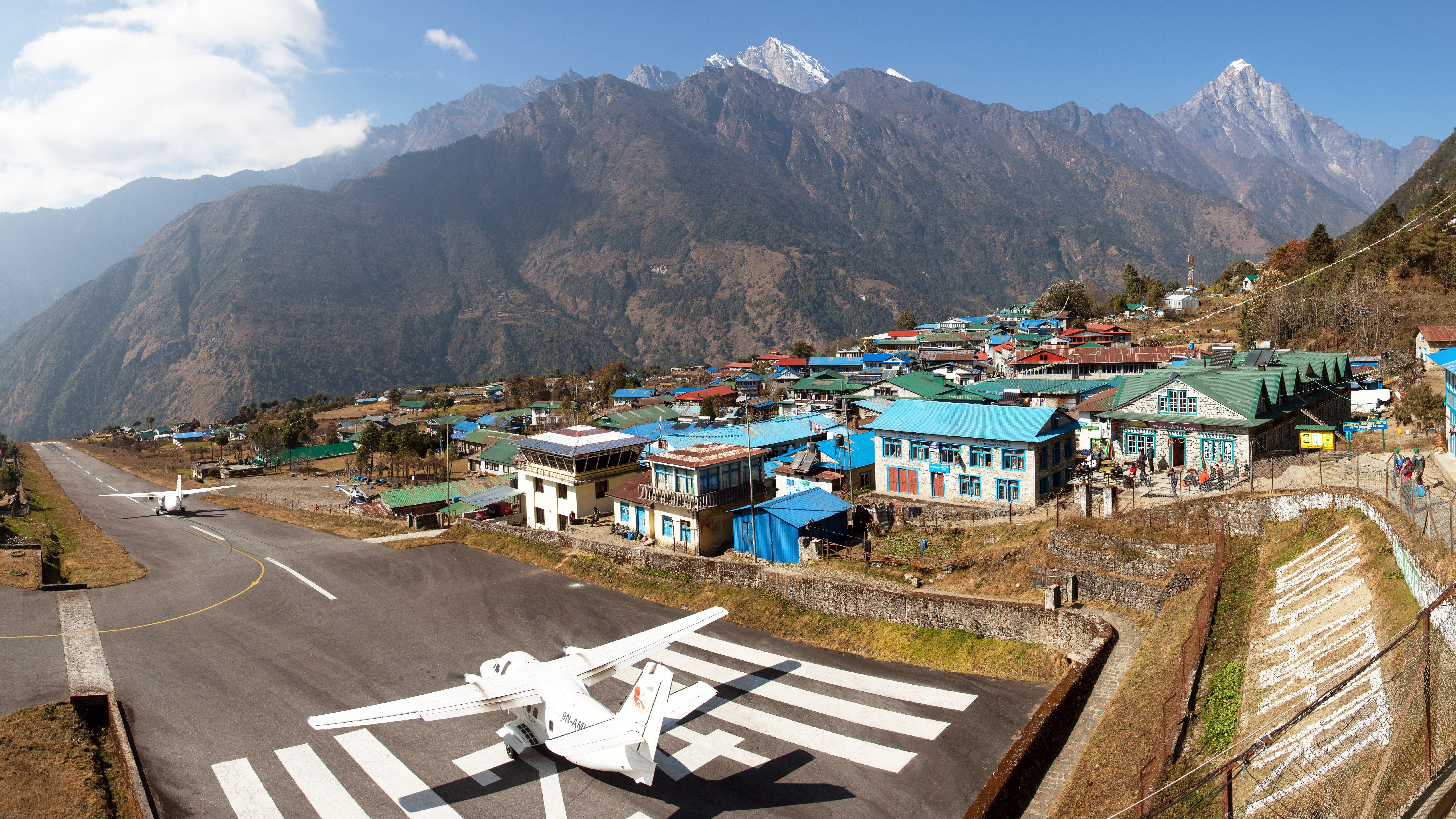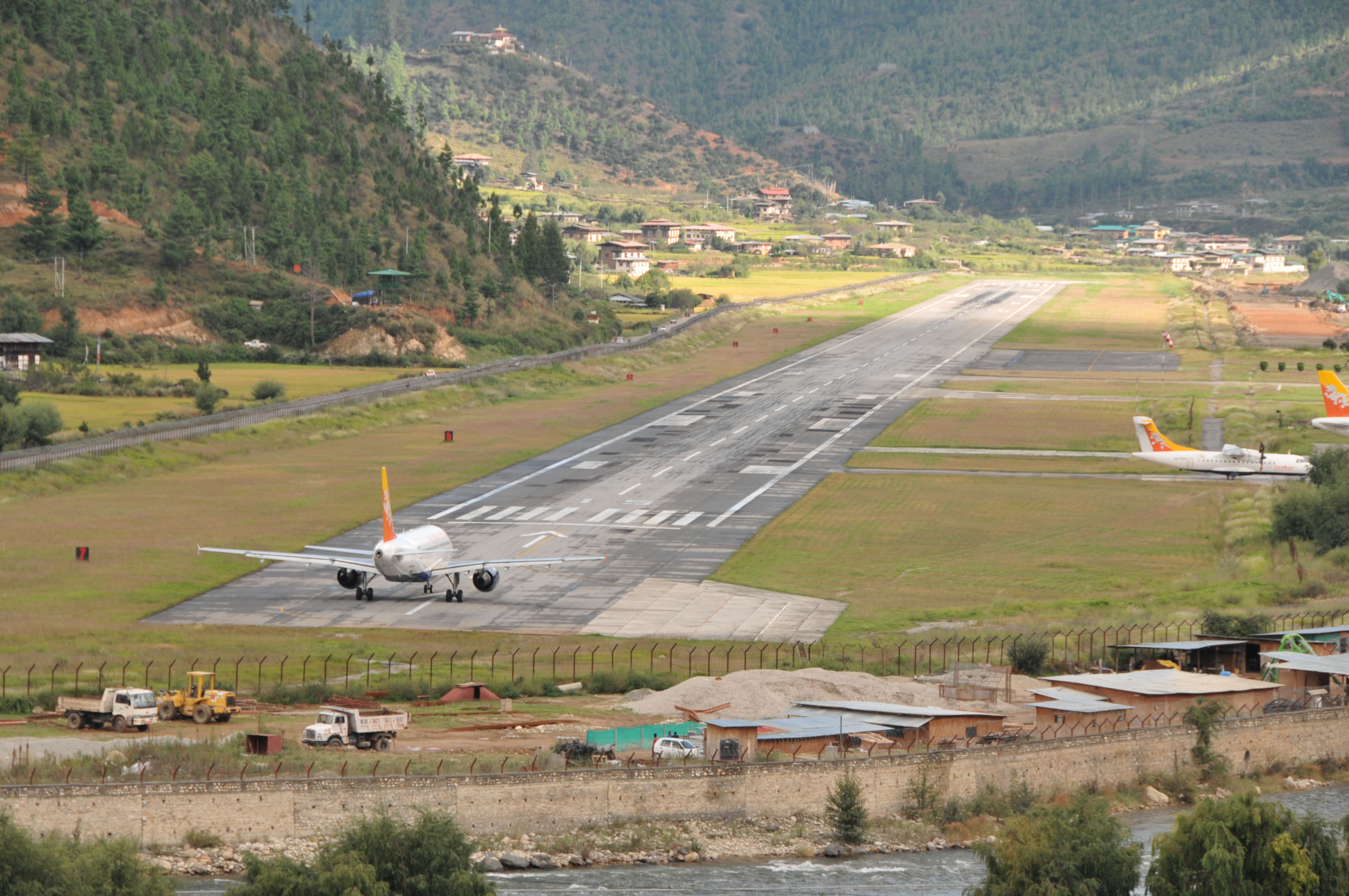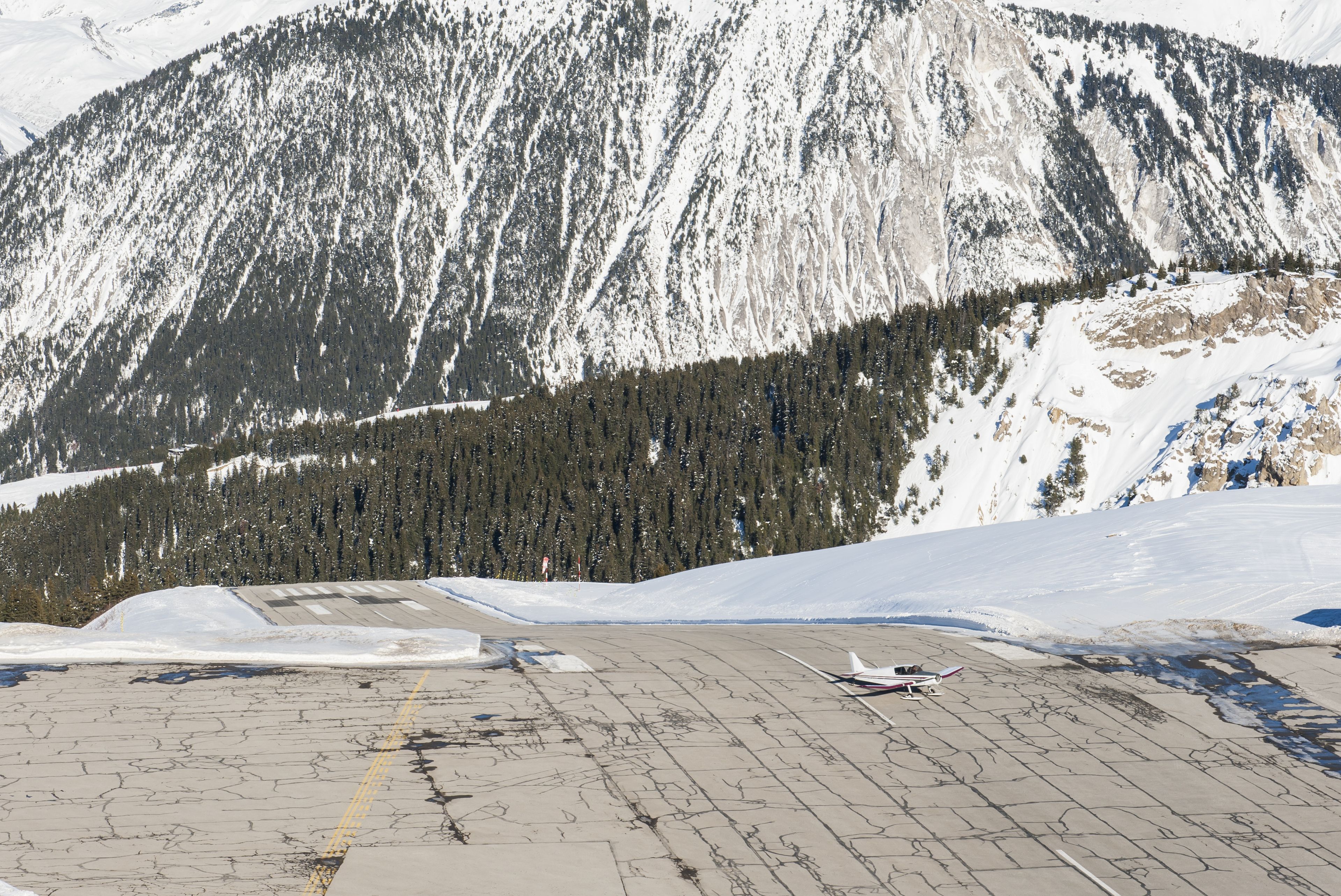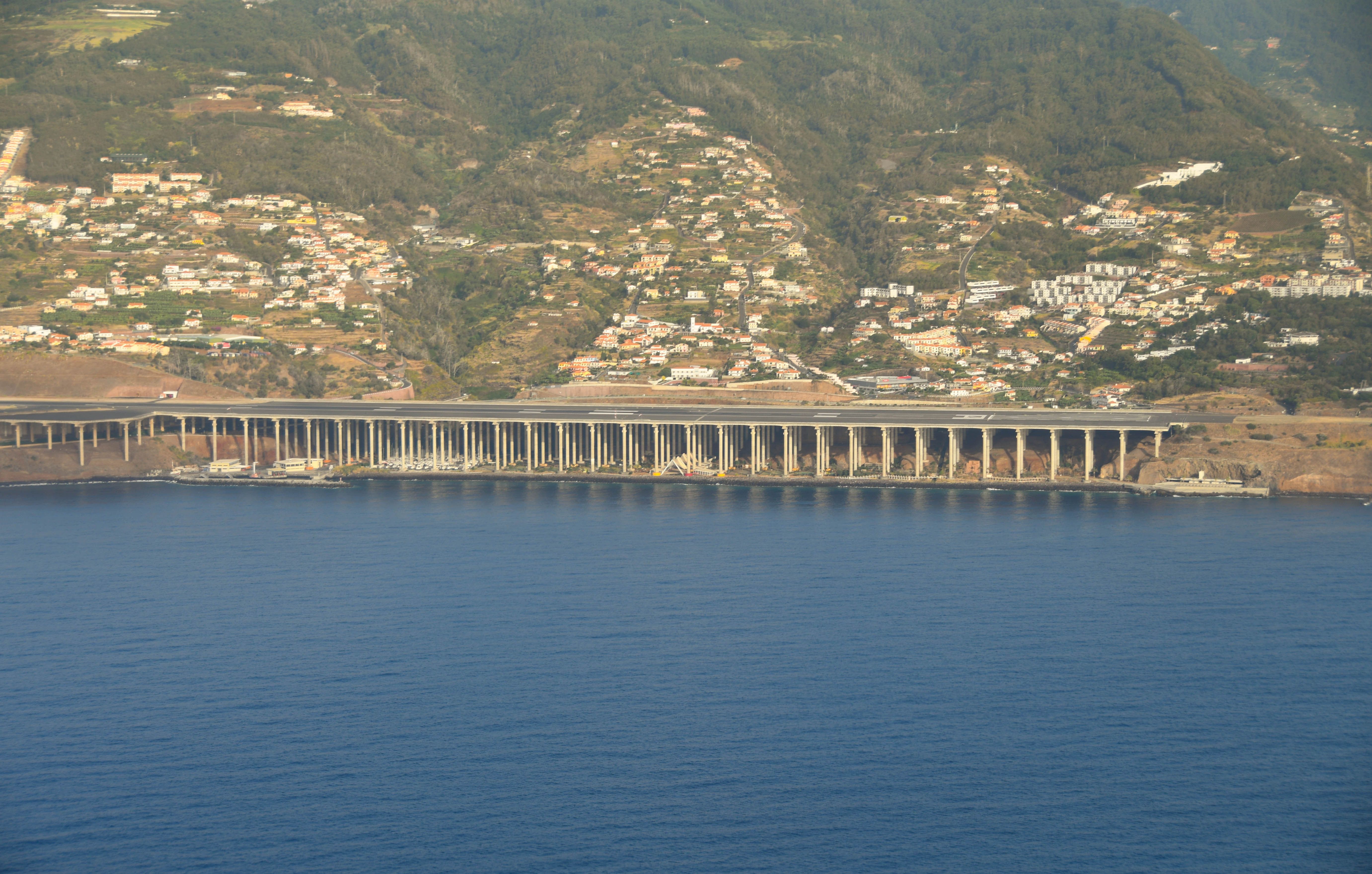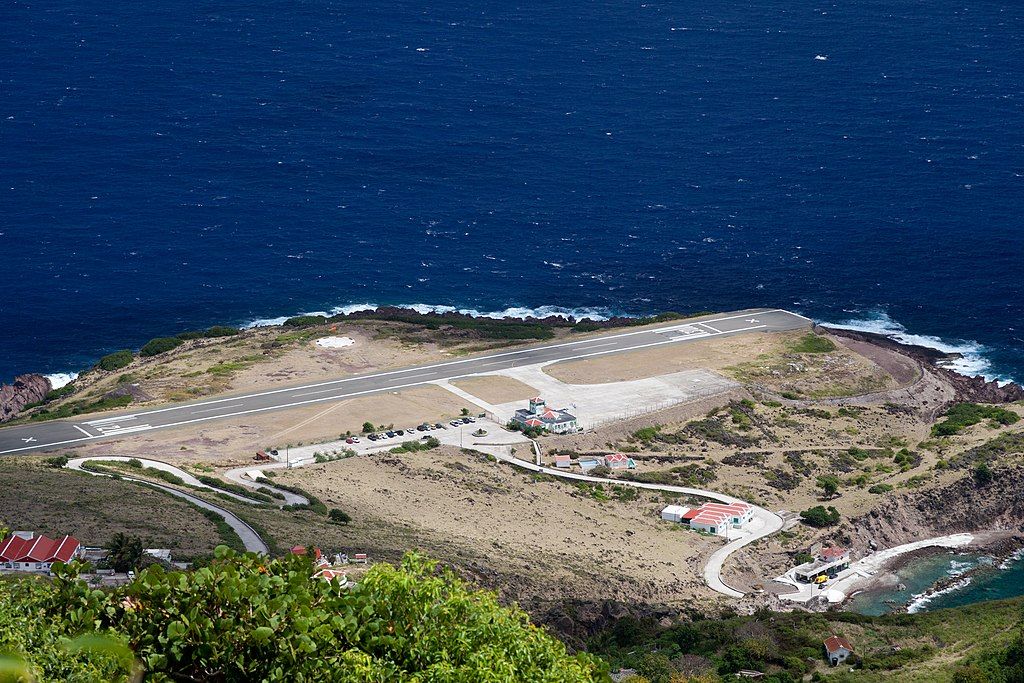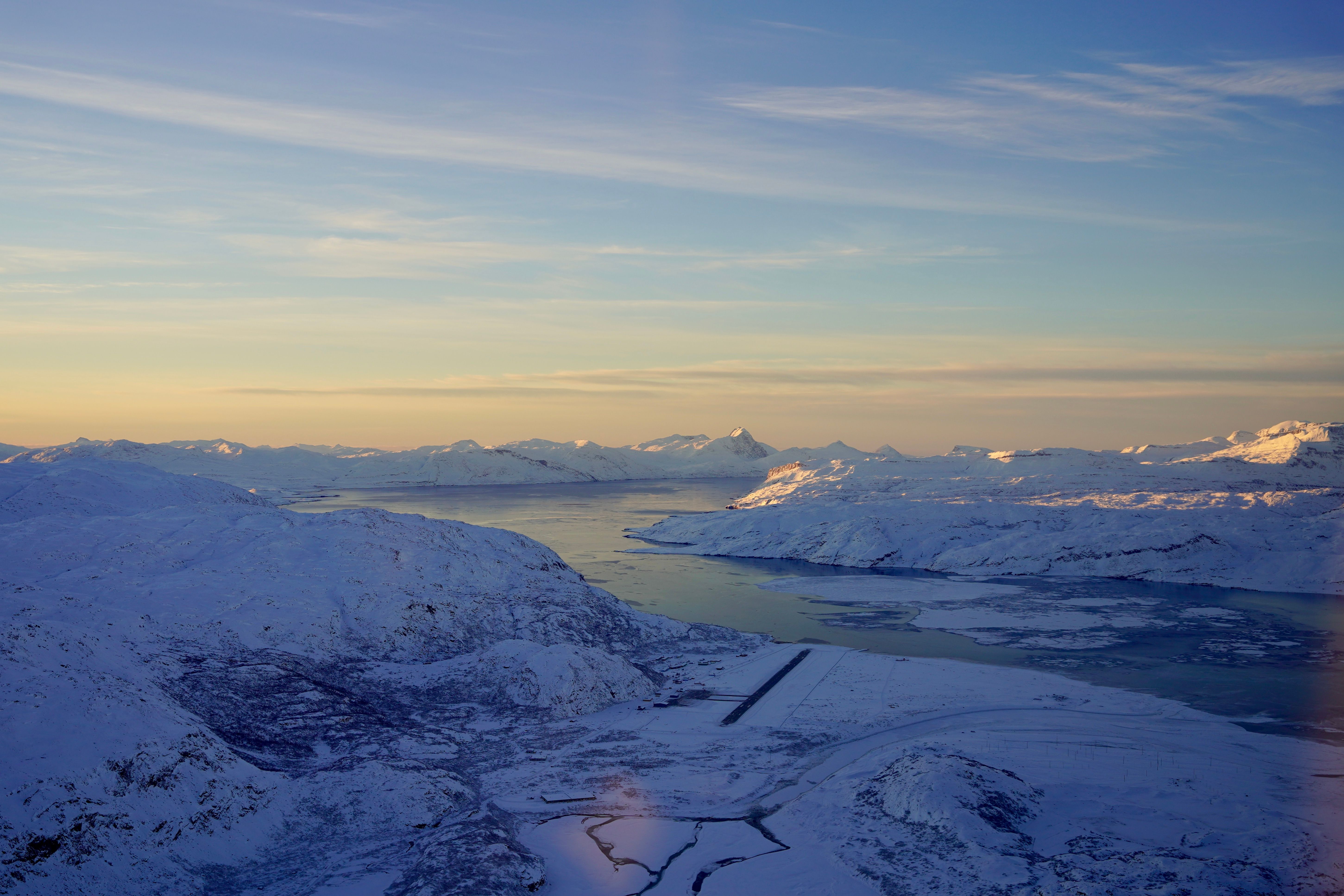Summary
- Pilots must undergo special training to safely land at challenging airports with difficult terrain, short runways, and high altitudes.
- Courchevel Airport in France is located at an elevation of 6,500 feet, has an extremely short runway, and is surrounded by mountainous terrains.
- Saba Airport has the world’s shortest commercially usable runway and requires precise maneuvers and handling of crosswinds during takeoff and landing.
While pilots are trained to fly the aircraft for every conceivable situation that can occur during day-to-day flight operations, there are certain airports in the world in which not every pilot can land. This is primarily because of the terrain surrounding the airport, its extremely short runway length, and even its altitude, which makes it hard to land at.
To land safely at such unfavorable airports, the pilots must have adequate training to manoeuvre the aircraft in those areas and require special qualifications. This guide will look at some of the most challenging airports in the world to land at.
1 Lukla Airport (Nepal)
Nepal’s Lukla airport is located in close proximity to the world’s highest mountain – Mount Everest. As noted by Forbes, for tourists looking to visit the Everest, Lukla is the main airport where visitors usually tend to fly into. However, the terrain surrounding the airport and the short runway make landing here tricky and hazardous.
Photo: Daniel Prudek | Shutterstock
The airport is located over 9,000 feet and is positioned between two mountains. While the terrain and the high altitude make operating an aircraft at the airport hard enough, the pilots then have to contend with the airport’s unidirectional runway, which is only 1,600 feet long.
The pilots operating flights to this airport will not have any room for error because on one end of the runway is the mountain wall, and on the other end is a 2,000-foot plunge into a valley.
Data from FlightRadar24.com shows that the airport only has one scheduled service, operated by Yeti Airlines, which connects Kathmandu Tribhuvan International Airport (KTM) to Lukla on a daily basis using its fleet of ATR 72-500 aircraft.
2 Paro Airport (Bhutan)
Paro International Airport (PBH) in Bhutan is another common name when it comes to airports that are challenging to operate flights into. Surrounded by 18,000-foot-high mountains and other terrains that block the view of the runway until moments before landing and no radar service for aircraft, flights can only take off or land at PBH during the daytime.
Photo: Matej Hudovernik | Shutterstock
Thus, the pilots operating flights to PBH would have to fly manually by using a series of landmarks for navigation, and the flight crew would have to be accurate in maintaining the aircraft altitude and speed.
As such, there are only around two dozen pilots who are certified to operate into Paro, who would have to maneuver the aircraft closely around obstacles and fly the aircraft at 45 degrees angle before descending quickly onto the runway.
Despite this, data from FlightRadar24.com shows that the two airlines operating flights to PBH (Druk Air and Bhutan Airlines) are capable of deploying smaller passenger jets, such as the Airbus A319 and the Airbus A220.
3 Courchevel Airport (France)
While the airport has an elevation of over 6,500 feet, what makes operating flights to Courchevel hazardous is its runway. With only 1,700 feet of runway length available, paired with a downward gradient of 18.5% (10.48 degrees), the pilots would have to be precise with their aircraft and have to land on their first attempt.
Photo: Paul Vinten | Shutterstock
To make operations more complicated, the airport offers no lights or instrument aids for aircraft to use, thus making it impossible to land during unfavorable weather conditions, which, considering the airport’s elevation and mountainous surroundings, can be very common.
While smaller General Aviation aircraft are operated to Courchevel, the only airline in the world licensed to operate commercial flights to this airport is Alpine Airlines, which operates commercial and charter passenger flights using the Vulcanair AVIATOR TP 600 and Vulcanair P68 OTC Observer aircraft types. Additionally, for sightseeing missions, the airline also uses Cessna 172R aircraft.
Data from the airline website shows that it has 38 charter jet destinations across European countries, such as France, Italy, Switzerland, and more.
4 Funchal Cristiano Ronaldo Airport (Portugal)
The coastal airport in Madeira, Portugal, named after the Portuguese football legend Cristiano Ronaldo, may not sound dangerous like the previous names on this list. However, the airport is constantly under the effects of heavy winds and gusts due to its location.
Photo: Ceri Breeze | Shutterstock
As noted by Travel Noire, the airport’s runway, being parallel to the coastline, subjects any aircraft landing or taking off from the airport to significant crosswinds due to the daily cycle of sea breeze and land breeze. Thus, pilots are required to have special training to operate into the airport.
Another hazard that pilots could potentially encounter is mountain waves, which also affect operations at the airport due to the mountainous terrain in close proximity to the airport. It is a source of heavy turbulence, thus making it difficult for specific approach and climb-out procedures to be carried out.
Over the years, the airport has undergone several expansions and upgrades in facilities, including a runway expansion that saw the runway extend out onto the sea with the support of 180 pillars over 50 meters high. Nevertheless, the airport still remains a Category C airport.
5 Saba Airport (Dutch Caribbean)
Known for having the shortest commercially usable runway in the world, the airport’s single runway is just 1,312 feet (400 meters) long.
However, due to the displaced runway thresholds on either side, the total usable runway length available for aircraft operations is only 1,263 feet (385 meters). This means apart from the extremely short runway, the pilots operating to and from this airport would also have to handle heavy cross winds due to the airport’s proximity to the sea.
Landing at the airport requires pilots to perform precise maneuvers such as steep descents, late flares, and maximum available breaking once the aircraft wheels touch down on the runway. Equally challenging are take-off procedures, which require the flight crew to perform carrier-style take-offs.
This would see pilots use maximum engine power at the runway threshold and then release the aircraft brakes, which enables the aircraft to accelerate faster and attain take-off speeds sooner, which is essential considering the short runway length available.
Yet despite the challenges present, the airport being operational since 1963, there have never been any recorded incidents or accidents at the airport.
6 Narsarsuaq Airport (Greenland)
Located in the south of Greenland, the airport has an elevation of just over 100 feet and is situated among numerous Fjords. This subjects the airport to heavy gusts of winds from various directions.
Apart from the wind, weather activities such as low-level fog formations also affect operational visibility, which is another challenge pilots often face. The airport is also under the mercy of other natural occurrences, such as the really low temperatures experienced thanks to its geographical location, which often sees the runway becoming frozen or covered in snow, both of which pose a threat to an aircraft.
Additionally, operations can be affected if there are volcanic activities nearby, which could cause the formation of ash clouds, which not only affects the pilots’ visibility but also the ash particles can be detrimental to the aircraft and its engines, as the whole aviation industry learned from the experience of British Airways flight 009.
Have you ever flown to or from any of these airports? Let us know in the comments below!
Sources: Forbes, FlightRadar24.com (1) and (2), Travel Noire.
[ad_2]
Source link
